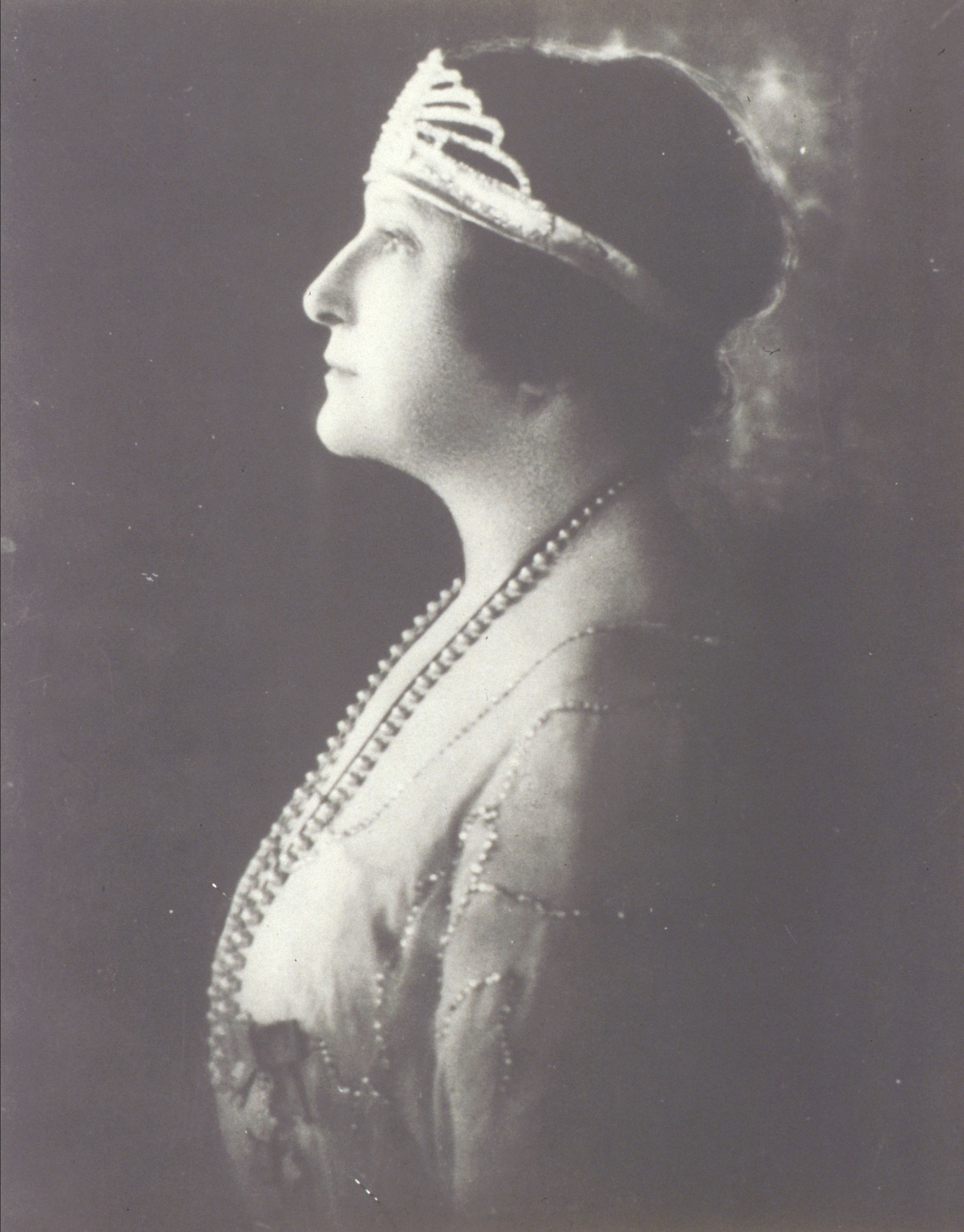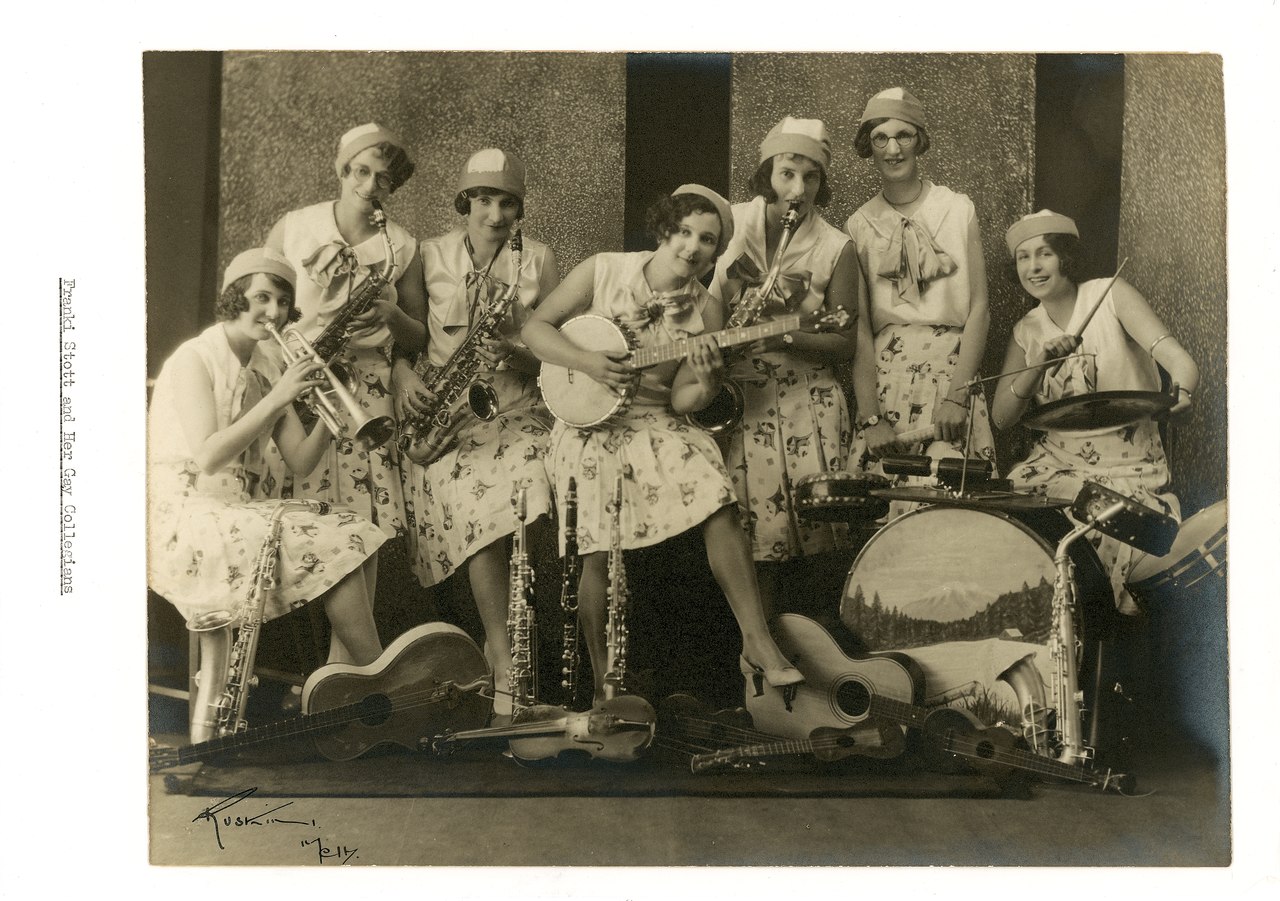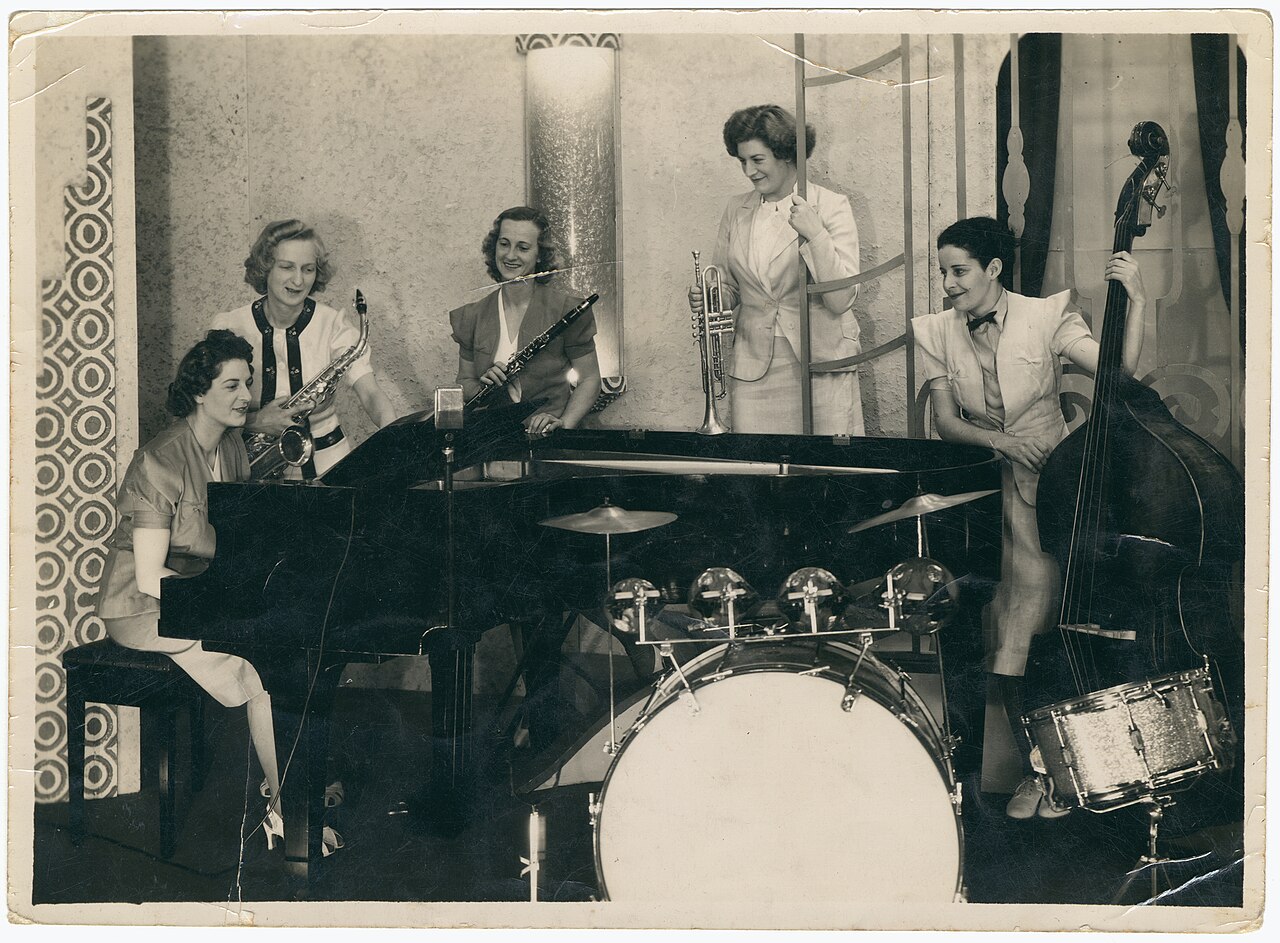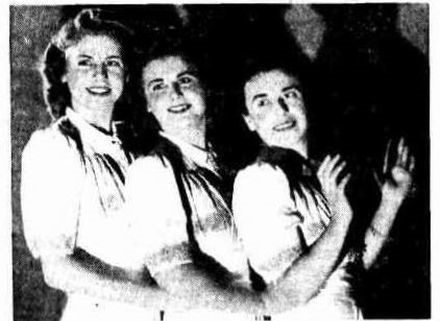Classical:
Dame Nellie Melba (pictured) was Australia’s first Australian female to
achieve international recognition as a classical musician. Melba was one of the
most famous singers of the late Victorian era and the early 20th century.
She took the pseudonym "Melba"
from her hometown of Melbourne.
Although she moved to Europe in 1886, she returned to
Australia in 1922, where she sang at the immensely successful 'Concerts
for the People' in Melbourne and Sydney, with low ticket prices,
attracting 70,000 people.
During the First World War, Melba raised large sums for war charities. She returned to Australia frequently during the 20th century, singing in opera and concerts, and had a house built for her near Melbourne. She was active in the teaching of singing at the Melbourne Conservatorium. Melba continued to sing until the last months of her life and made a large number of "farewell" appearances. Her death, in Australia, was news across the English-speaking world, and her funeral was a major national event. The Australian $100 note features her image.
Gertrude Emily Johnson (pictured) enrolled at the age of 17 in the University of Melbourne Conservatorium of Music. In 1915, she was accepted into Dame Nellie Melba's classes, and the relationship developed to the point where Melba gave Johnson her own personal cadenzas, a valuable professional asset.
Through introductions from Melba, Johnson begun touring outback Queensland and New South Wales in 1917 with Count Ercole Filippini's troupe, and in 1919 to Melbourne, Sydney, Adelaide and New Zealand with the Rigo Grand Opera Company. By 1921 she had sailed to London and started singing with the British National Opera Company.
Johnson returned to Melbourne in 1935, a woman of independent means, and retired from singing. Distressed at the lack of training opportunities in Australia for upcoming artists, she founded the National Theatre Movement in St Kilda (NTM). Included was an opera, drama and ballet school in the 1930s. The composer Edith Mary Harrhy was involved from the start and in the 1940s she became the musical director.
Big Bands and Jazz:
During the first (1914 -1918) and second (1939 - 1945) world wars, as many Australian men
signed up to fight, the now emancipated women who were left behind were eager
to help out, and thus gain the opportunity to enter paid employment.
While this shortage of men meant that women would mainly end up
working in fields that they already worked in, like clothing, food and printing,
there was also a particularly high demand for musicians, which opened the way for female musicians and acts like The Funston Sisters (Grace and Stella Funston - Grace played saxophone, flute, piano, cornet and trumpet), Franki Stott and Her Gay Collegians (pictured), the Magpies Ladies Orchestra, founded by Madame Cecilia Summerhayes, the Harmonic Ladies Instrumental Quartette and Harry Jacobs' Women's Orchestra, who played at the Palais Picture Theatre in St Kilda.
Alice Dolphin was another female musician who also had a career as a professional musician in the 1920s and 30s, in bands such as The Women’s Orchestra, Marion Lightfoot Orchestra, Eve Rees
and her Merrymakers, the Thelma Ready Orchestra, the Hollywood Redheads and the
Alice Dolphin Orchestra (pictured). Her instruments of choice included clarinet,
saxophone, piano and cornet.
Between 1920 and 1925, the Hotel Esplanade in St Kilda became a prominent jazz and dance venue, having build the ‘Eastern Tent Ballroom’ which was constructed to the rear of the site. The Eastern Tent Ballroom became the primary spot to party for the rich, hosting music every night, with overseas jazz musicians brought over to play along with a constant stream of local artists.
Singing trio the Parker Sisters (pictured) - Pat, Marie & Eula began their singing career as young girls. Descended from generations of musical families, it was inevitable that these girls would be musically gifted. The Parkers were deeply involved in their rural and city communities and often organised fundraising events which inevitably featured one or all of the girls.
During the family annual holidays to Hepburn Springs they were recognised as the best entertainment at the guest house. As a result of this the Parker girls were well used to the stage when they commenced singing with Harry Jacobs’ band at the Palais Picture Theatre in St. Kilda in the late 1930s.
Other key jazz venues that were popular in St Kilda in the 1930s and 1940s included Leonard’s Cafe Cabaret at the St Kilda Sea Baths. Coffee lounges The Galleon, located in Acland Street and the Katherina (which later became Jazz Centre 44) on the Esplanade and the Plaza Coffee Lounge are also renowned for having jazz music and hosting some important musicians.
Shirley Thoms become a pioneer of Australia's country music industry. Known in later years as "Australia's Yodelling Sweetheart", Shirley held the distinctions of being the first female solo act to record country music in Australia (1941), the first Queenslander to be featured on disc and the first female to be elevated to the Country Music Roll of Renown.
The McKean Sisters consisted of Joy McKean and Heather McKean. They began performing together in the 1940s and were known for their ability to yodel in harmony. In 1951 Joy married Slim Dusty and in 1954 Heather married Reg Lindsay.
Other female Singers/Musicians/Acts of this era include: Des Tooley, Dorothy Dailey, Eileen Hakendorf, Essie Ackland, Gertie Campbell, Gwen Beresfordm Hilda Hansen, Jean Hakendorf, June Lupton, Louie Webb, Margaret Nisbett, Marjorie Stedeford, Melva Bartle, Nancy Stuart , Olga Durnell, Shirley Appelt.
Interesting Fact: In 1902, Australia enacted the Commonwealth Franchise Act, granting women over the age of 21 the right to vote in national elections and stand for election in the Australian Parliament.
Photo Credits:
Dame Nellie Melba, 1922 by Harold Cazneaux - Source: Australian Performing Arts Collection, Arts Centre Melbourne
Gertrude Johnson in 1920, photographer unknown - Source: Table Talk (Melbourne), via National Library of Australia, Trove - Source: Wikipedia
Franki Stott and Her Gay Collegians at the opening of their season at the Merri Dance Palais in North Fitzroy, 31 March 1930. The group includes: Grace Funston (trumpet), Stella Funston (saxophone), Franki Stott (banjo), Pat Robinson (piano) and Dora Lightfoot (drums) - Source: Arts Centre Melbourne, Australian Performing Arts Collection, Arts Centre Melbourne
Alice Dolphin Orchestra performing in the dining room at Foy and Gibson c. 1935. Musicians include: Joyce Smith, Alice Dolphin, Molly Byron, Phyllis Smith and Marj Brown - Photograph by C.J. Frazer - Source: Australian Performing Arts Collection, Arts Centre Melbourne
The Parker Sisters, 1930s - Source: Australian Old Time Radio




